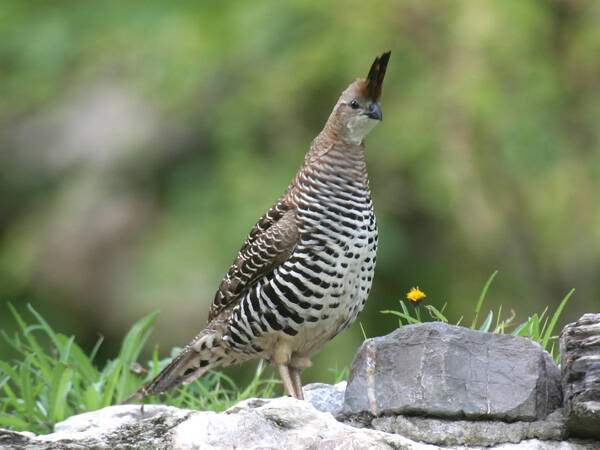
Philortyx fasciatus
Philortyx fasciatus,Banded Quail
The Quail (Philortyx fasciatus) is a ground-dwelling bird, usually living in···

Oreortyx pictus
Oreortyx pictus,Mountain Quail
Mountain Quail (Oreortyx pictus) has five subspecies.Quails are terrestrial ···
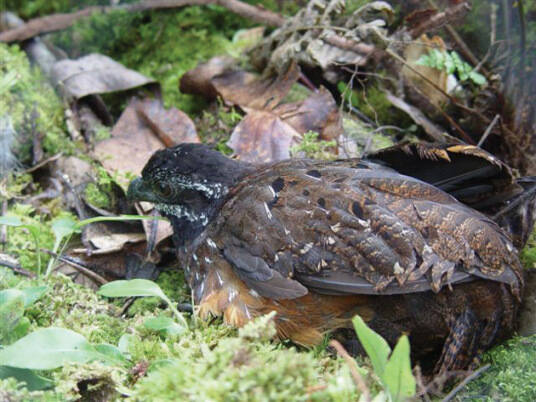
Odontophorus strophium
Odontophorus strophium,Gorgeted Wood-quail
Gorgeted Wood-quail, Odontophorus strophium and Gorgeted wood-quail, are typ···
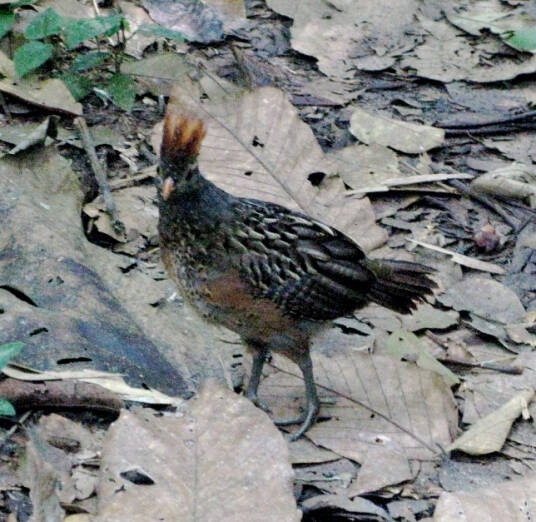
Odontophorus stellatus
Odontophorus stellatus,starred wood quail
starred wood quail (Odontophorus stellatus, starred wood quail) is active at···
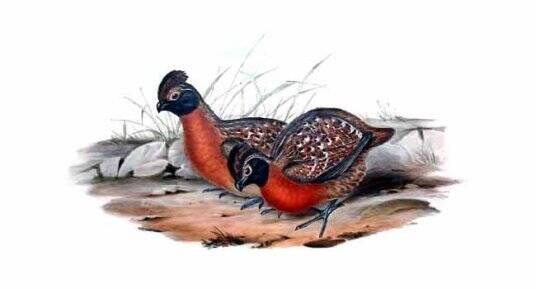
Odontophorus speciosus
Odontophorus speciosus,Rufous-breasted Wood-quail
Odontophorus speciosus and Rufous-breasted Wood-quail are active at dawn or ···
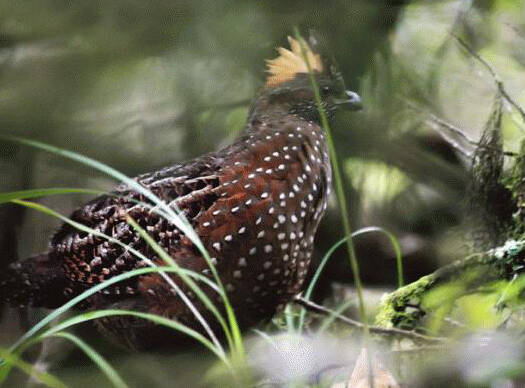
Odontophorus melanotis
Odontophorus melanotis,Black-eared Wood-quail
Odontophorus melanotis, or Black-eared Wood-quail, is usually active at dawn···
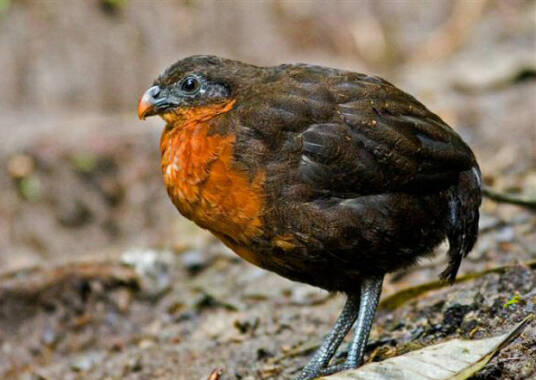
Odontophorus melanonotus
Odontophorus melanonotus,Dark-backed Wood-quail
melanonotus melanonotus, or Dark-backed Wood-quail, is active at dawn or dus···

Odontophorus leucolaemus
Odontophorus leucolaemus,Black-breasted Wood-quail
Odontophorus leucolaemus and Black-breasted Wood-quail are active at dawn or···
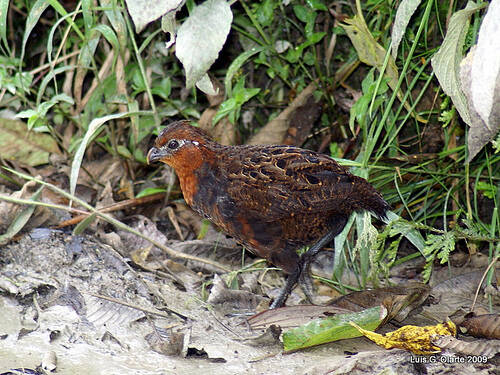
Odontophorus hyperythrus
Odontophorus hyperythrus,chestnut wood quail
chestnut quail, whose scientific name is Odontophorus hyperythrus and whose ···
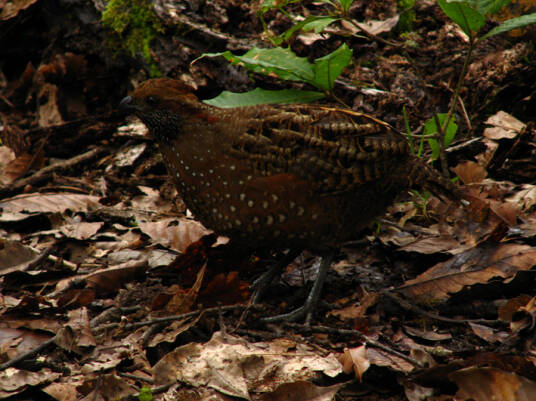
Odontophorus guttatus
Odontophorus guttatus,spotted wood quail
Known as Odontophorus guttatus and spotted wood quail, they are usually acti···
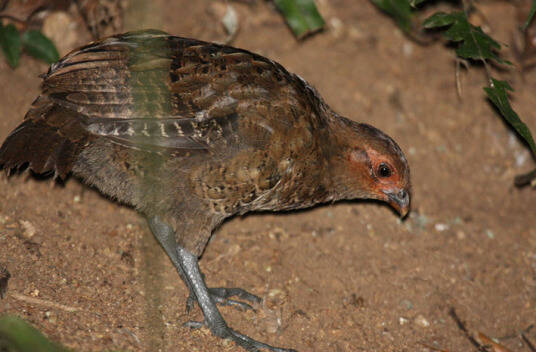
Odontophorus gujanensis
Odontophorus gujanensis,Marbled Wood-quail
Odontophorus gujanensis, Marbled Wood-quail, is usually active at dawn or du···
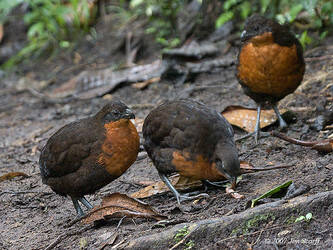
Odontophorus erythrops
Odontophorus erythrops,Rufous-fronted Wood-quail
Odontophorus erythrops, Rufous-fronted Wood-quail, is usually active at dawn···
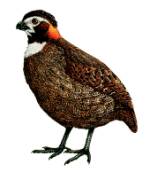
Odontophorus dialeucos
Odontophorus dialeucos,Tacarcuna wood quail
Odontophorus dialeucos and Tacarcuna wood quail are active at dawn or dusk. ···
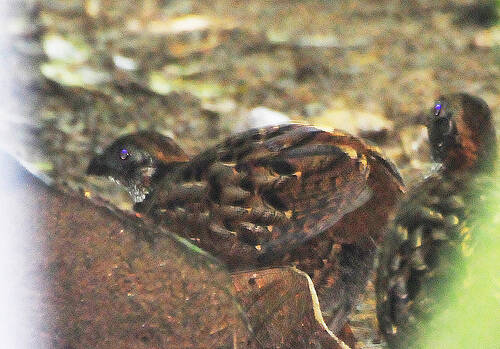
Odontophorus columbianus
Odontophorus columbianus,Venezuelan
Odontophorus columbianus, Venezuelan quins, are active at dawn or dusk and l···
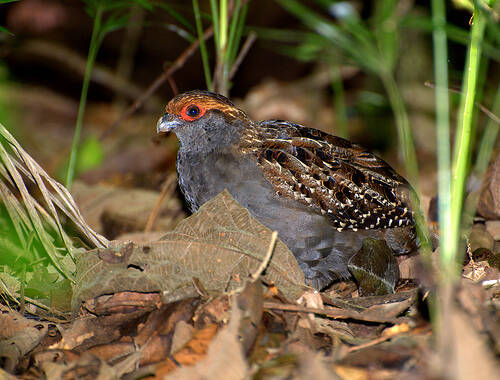
Odontophorus capueira
Odontophorus capueira,Spot-winged Wood-quail
Known as Odontophorus capueira or Spot-winged Wood-quail, they are active at···
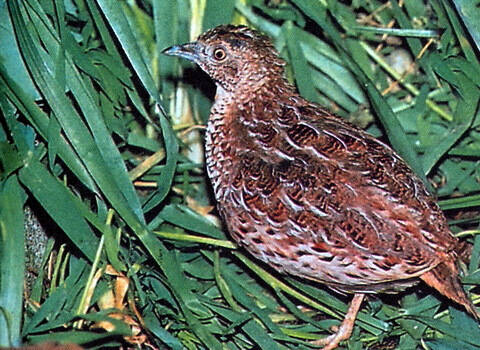
Odontophorus balliviani
Odontophorus balliviani,Stripe-faced Wood-quail
Odontophorus balliviani, or Stripe-faced Wood-quail, is active at dawn or du···

Tacarcuna Wood-quail
Tacarcuna Wood-quail,Odontophorus dialeucos,Black-fronted Wood-quail,Black-fronted Wood Quail
Odontophorus atrifrons is a timid species and therefore one of the most diff···
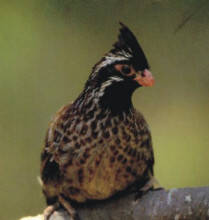
Long-tailed Wood-partridge
Long-tailed Wood-partridge,Long-tailed Wood Partridge,Dendrortyx macroura
Dendrortyx macroura, Long-tailed wood-partridge, Long-tailed Wood Partridge,···
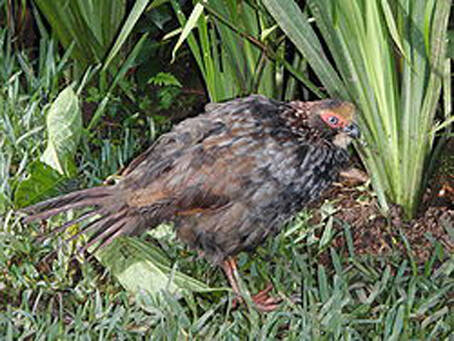
Dendrortyx leucophrys
Dendrortyx leucophrys
Its scientific name is Dendrortyx leucophrys, but its specific habits are un···
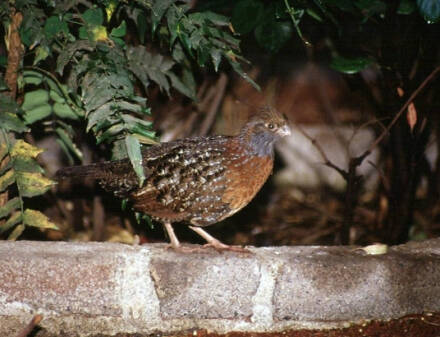
Dendrortyx barbatus
Dendrortyx barbatus,Bearded Wood-partridge
The Bearded quail (Dendrortyx barbatus) is bearded Wood-partridge and has no···
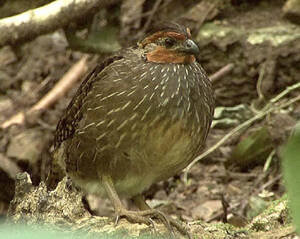
Dactylortyx thoracicus
Dactylortyx thoracicus,Singing Quail
Singing Quail (Dactylortyx thoracicus) has 17 subspecies.Quails live in smal···
